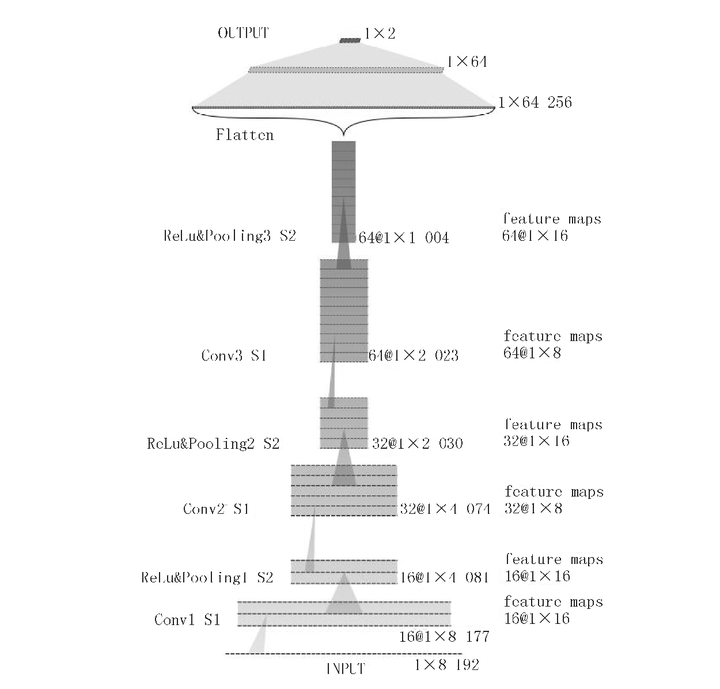 网络结构示意图
网络结构示意图
Abstract
Till 2018-01-16,LIGO has successfully detected 6 gravitational wave events.It is expected that there will be more and more gravitational wave events be detected,and the gravitational wave astronomy will quickly start its big data phase.Deep learning has developed rapidly in recent years especially on big data processing.It has shown great advantages in the speed of data processing,accuracy and so on.There is few discussion about the application of deep learning to gravitational wave data analysis.On the one hand,the current article will introduce this problem.On the other hand,we will give a preliminary exploration of this problem.The most outstanding character of gravitational wave data is weak signal hided in strong noise.The current method of gravitational wave data analysis is using the matched filtering to excavate the gravitational wave signal from the strong noise.At the same time,the properties of the gravitational wave source can be determined by the matched filtering method,and the parameters of the source can be determined quantitatively.The weakness of the matched filtering method is that the amount of computation cost is huge and the speed of data processing is slow.In the face of future big data gravitational wave astronomy,this will be a great hidden challenge.Another potential problem of the matched filtering method is that a complete and accurate theoretical waveform template is a prerequisite making sure the matched filtering technique works.The consequence of this potential problem is that it is difficult for us to find the gravitational wave signals which is out of theoretical expectation.The data processing methods of deep learning can provide a way for solving these problems.At the same time,deep learning will encounter some of its own difficulties and problems.This article will discuss the aspects of network structure,training data preparation,training optimization,generalization ability of signal recognition,representation of data character and response to feature data occlusion.